If you’ve been thinking about growing potatoes but are hesitant about it, don’t be! Growing potatoes is insanely easy. Even better, you can grow them with the help of upcycled materials. Even if you don’t have a ton of space, you can grow hundreds of pounds of potatoes in tire towers.
This guide will show you how to make the most of your space with upcycled materials, so let’s get rolling!
Potato tire towers are pretty much exactly as they sound. Can you envision a mighty tower made of used tires stacked on top of one another? Now imagine a wealth of potatoes growing merrily inside that.
The reason these work so well for growing ‘taters, precious, is that potato plants produce really well when grown vertically. As the aerial (aboveground) parts of the plant grow, they keep creating root offshoots. These develop into the tasty tubers we love so dearly.
As a result, growing in towers means that you can double or even triple the yield you would have harvested with in-ground plants.
Tires happen to be ideal for these towers because of their stackability. You can keep on plopping new ones on as the plants grow. Just add soil around the stalks as needed. Then, at the end of the growing season, you lift the tires off again one by one.
A note about used tires: if you live in a cold area, you may come across used winter tires during your materials search. Don’t use these.
Don’t use these.
I made the mistake of creating some towers with winter tires accidentally once. Still have the scars from them. Those things have vicious little spikes on them that can cause a fair bit of damage if you brush across them. They’re even more vicious to kids and small animals that may bump into them.
Alright, now let’s get those potato tire towers started—first, location. Potatoes need a lot of sunshine to grow properly. Choose one of the sunniest sites on your property, and lay down at least two inches of heavy gravel or mid-sized stones as a base.
Potato plants will rot if they get “wet feet.” Make sure they plenty of drainage at the bottom, and you’ll avoid this issue. The last thing you need is to re-create your own version of the great Irish famine in your backyard with a water blight like Phytophthora infestans.
Place some tires atop this gravel and nestle them into place. Then stack another level or two on top of them.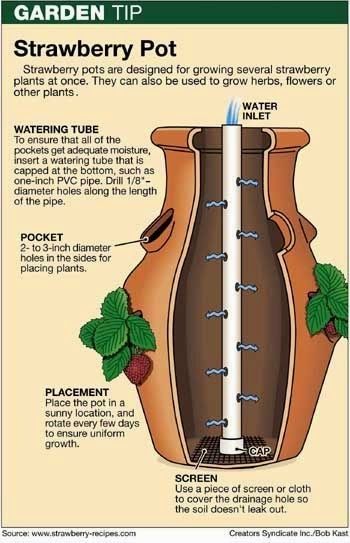
Pour in your compost-rich soil to a little over the halfway mark. If you’re using two tires to start with, then fill one up completely, followed by another inch or two. Similarly, if you’re using three tires, fill one and a half, and add a bit more for good measure. Water enough, so the soil is moistened but not saturated.
Next, take four medium or five small seed potatoes or slips. Nestle each of these into the soil about 1.5 to 2 inches deep. I like to use five of them so there’s one in the middle, with the others in the four cardinal directions. Once these are pushed in, cover them with another few inches of soil. Water lightly again.
As your potato plants grow, you’ll need to keep mounding soil around the base of each stalk. This keeps any of the potato roots from being exposed to sunlight. We need to keep them submerged in the soil because of the toxins they can produce.
Remember how potatoes are part of the nightshade (Solanaceae) family, along with tomatoes, peppers, and eggplant? Well, this is because all of these plants contain a toxin called solanine. You’ll find it in green tomatoes: the solanine dissipates as the tomatoes ripen and redden. Similarly, you’ll find it in green potatoes.
You’ll find it in green tomatoes: the solanine dissipates as the tomatoes ripen and redden. Similarly, you’ll find it in green potatoes.
Have you ever gotten a stomach ache after eating greenish potatoes? Yeah, that’s why. Furthermore, your potatoes will turn green if they’re exposed to sunlight while growing. This toxin is great to fend off bacteria and various insects, so they don’t prey on the tubers. It’s less awesome for human consumption, considering the gastrointestinal issues and breathing difficulties…
So, long story short, keep the soil piled well up the stalks on your potato plants. When they grow about four inches over the top of the tire they’re in, stack another tire on top. Lather, rinse, repeat. You can keep stacking these potato tire towers throughout the growing season. You’ll know it’s time to harvest when the plants’ foliage loses color and starts to die back.
As mentioned, all you need at that point is to remove the tires one by one. Then, you can pull the soil mounds apart and remove the tantalizing tubers inside.
We have an amazing guide on here that covers everything you need to know about growing potatoes. Refer to that if you need help choosing varieties or troubleshooting issues with your plants.
There are a lot of pros and cons to growing any kind of food in rubber or plastic. Some people prefer not to grow food in used tires or tire towers because of the chemicals inside them. So is growing potatoes in tire towers a bad idea?
This is a valid concern, of course. Yes, tires are made of materials that you don’t particularly want to ingest. They’re going to erode and off-gas over time, leaching a host of chemicals and metals into the environment. That means they’ll go into the foods we grow in them as well, and by extension, into our bodies.
That said, it takes a long time for tires to break down. Typically it takes somewhere between 50 and 80 years for a tire to break down. This means that the chemicals being released into food-growing soil within them are really negligible. Chemicals tend to be released more with friction and wear, such as when they’re actually on cars.
Chemicals tend to be released more with friction and wear, such as when they’re actually on cars.
Using tires to grow food means that there’s less landfill waste because of them. Furthermore, they can be convenient for growing large amounts of food in small areas, especially when the local soil isn’t great for digging down into.
A great deal of my own food-growing experience has been in seriously disadvantaged areas. When you have very little to work with from the beginning, you take advantage of everything you possibly can. Weighing the pros and cons of growing potatoes in tire towers is up to the individual, of course.
Generally, when people have to choose between feeding their families and worrying about extremely mild chemical exposure, the former wins out.
Do your research to determine whether you feel comfortable growing in this manner. Then, you can make an informed decision as to your own tire-based food-growing endeavors.
By Rebekah Pierce Updated March 25, 2022
Getting rid of old tires is a challenge logistically, economically and environmentally, so growing potato tire towers can help.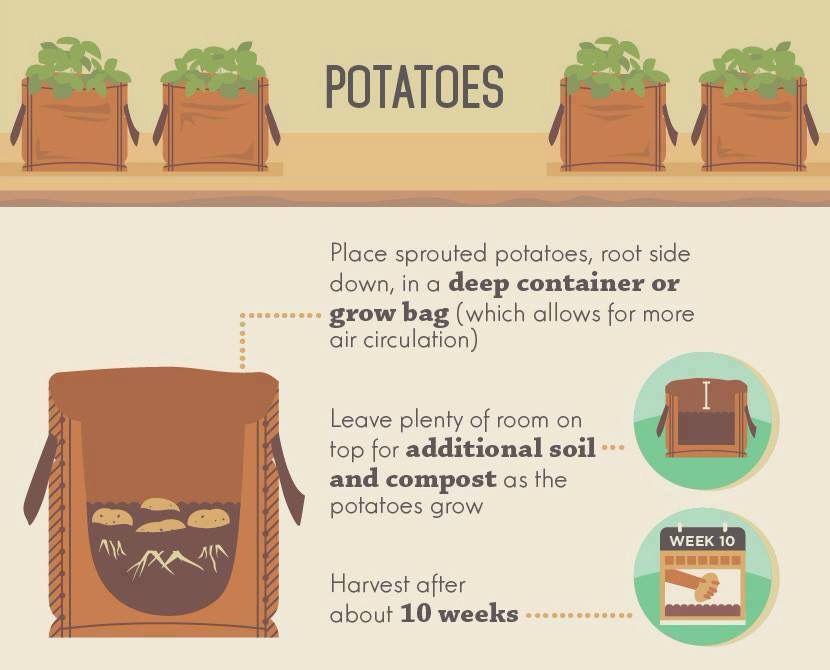 One good way to keep tires out of the landfill is to grow plants in them, like potatoes (Solanum tuberosum). A potato tire tower can help you grow more potatoes in a small space while also easing the process of disposing of old tires. It can result in higher yields with minimal effort since there is little weeding required. There are some safety concerns to address, however.
One good way to keep tires out of the landfill is to grow plants in them, like potatoes (Solanum tuberosum). A potato tire tower can help you grow more potatoes in a small space while also easing the process of disposing of old tires. It can result in higher yields with minimal effort since there is little weeding required. There are some safety concerns to address, however.
To build a potato tire tower, start by breaking up the top 6 inches of soil in an area that receives full sunlight. Put a tire on top of the soil and then fill it halfway with garden soil. Cut your seed potato into several pieces so that each piece contains at least one sprout. Let the cuts dry for two days in a warm area.
Put the pieces of seed potato on top of the soil in the tire, spacing them 6 inches apart. Fill each tire and then cover the potatoes with soil. This should completely fill in the first potato in your potato tire tower.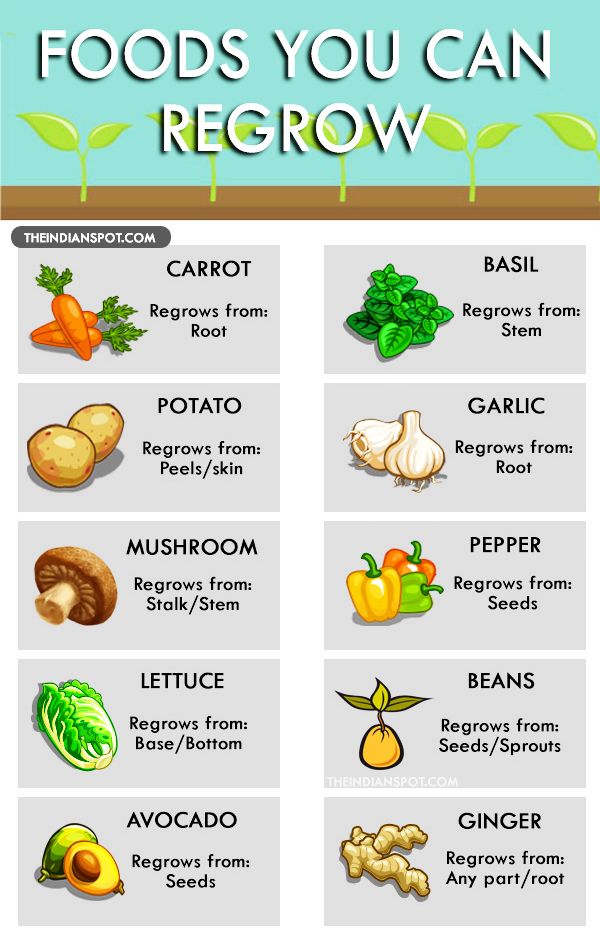 Water the soil when it starts to feel dry to the top inch. You may have to water more frequently since the tire might dry out more quickly.
Water the soil when it starts to feel dry to the top inch. You may have to water more frequently since the tire might dry out more quickly.
Once the potato plants in the first tire are about 6 inches tall, add the second tire on top of the first. Add more soil until the lower stem is covered and the top leaves poke above the soil surface. You’ll keep adding soil every two weeks as the potato grows. This replaces the healing process that is usually required for growing potatoes. You’ll add the third tire when the second tire is full, and you can harvest when the plants start to die back in the fall.
Growing potatoes in containers, like tire towers, is a great way to recycle materials and reduce the amount of time you spend tending to your garden. However, there are a few things you will need to keep in mind in regard to caring for your plants.
First, make sure the tire stack is situated in full sun.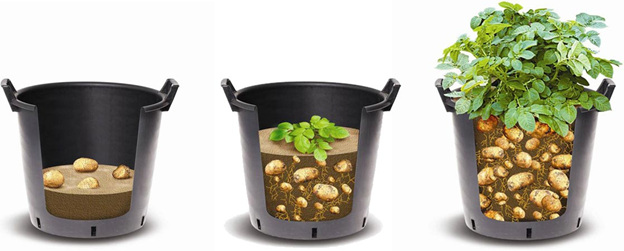 Potatoes need six hours of direct sunlight per day. Be vigilant about watering since containers dry out quicker than the ground. Don’t overwater, though, because potatoes can rot if they receive too much moisture.
Potatoes need six hours of direct sunlight per day. Be vigilant about watering since containers dry out quicker than the ground. Don’t overwater, though, because potatoes can rot if they receive too much moisture.
When you buy potatoes for your tire garden, make sure you aren’t purchasing ones that are grocery potatoes from the store. Use potato sets that are meant specifically for planting. Often, grocery store potatoes have been sprayed to slow the sprouting process, meaning they won’t grow well (or at all) in your home garden.
You can’t ignore the quality of the potato tower results. Growing potatoes in containers is one of the best ways to maximize your yields. However, some people have questioned whether this is an effective method of growing potatoes as well as if it is safe.
According to North Carolina State Extension, old tires contain chemicals, like aluminum, copper, manganese and zinc along with accelerators and plasticizers used during the vulcanizing process.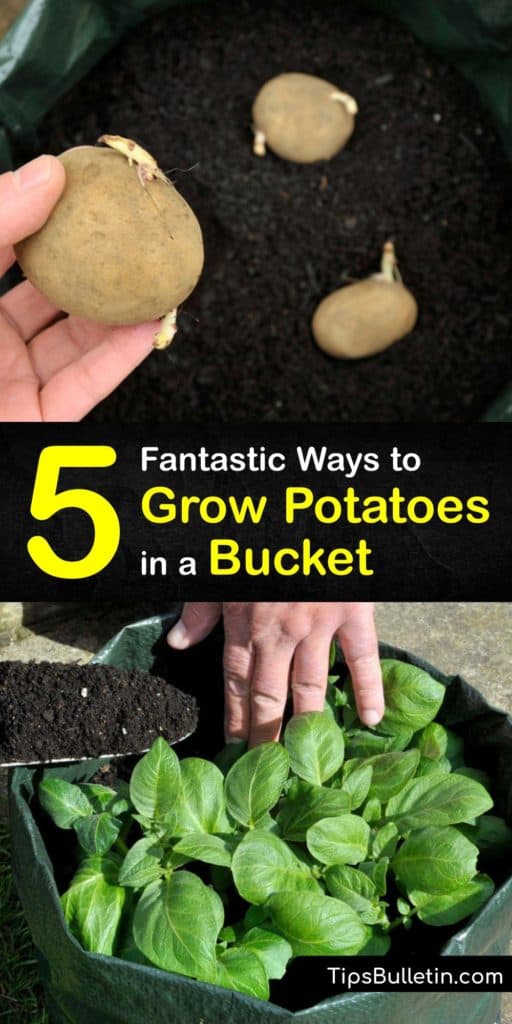 However, most studies have shown that it would take high levels of these materials to cause ill effects. The amount of chemicals leached from the rubber tends to be greatest in rubber used as mulch, according to New Mexico State University, and since intact tires have less surface area exposed to soil, they leach matter more slowly.
However, most studies have shown that it would take high levels of these materials to cause ill effects. The amount of chemicals leached from the rubber tends to be greatest in rubber used as mulch, according to New Mexico State University, and since intact tires have less surface area exposed to soil, they leach matter more slowly.
Growing potatoes in tires is a beneficial use of old tires. Minimal tire material is exposed to the environment, so minimal chemicals are leached. If you are still concerned, you can paint the interior of the tire with nontoxic waterproof paint. This will help reduce the release of toxic materials even further. Plus, you can wash and peel the potatoes before use to reduce the risk even more.
References
Tips
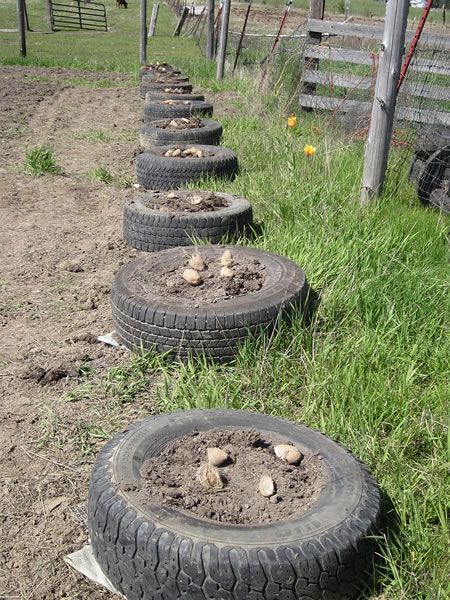 If you use garden soil, mix 1 cup of 5-10-5 fertilizer with the soil in the first tire before planting.
If you use garden soil, mix 1 cup of 5-10-5 fertilizer with the soil in the first tire before planting. Writer Bio
Rebekah Pierce is a freelance writer in upstate New York. She specializes in producing content and website copy in the home and gardening niches. In addition, she co-owns and manages a small farm, J&R Pierce Family Farm, where she raises chickens, pigs, and sheep.
90,000 growing root vegetables all year round. When to plant to get a harvest in winter? Russian farmer Growing potatoes in a greenhouse all year round - quite a profitable occupation . If the greenhouse is heated, then the tubers planted in December will produce a crop in early spring, and if the young potatoes are planted in August, then full ripening will come by Christmas. To achieve this result, must correctly select the variety and ensure proper care.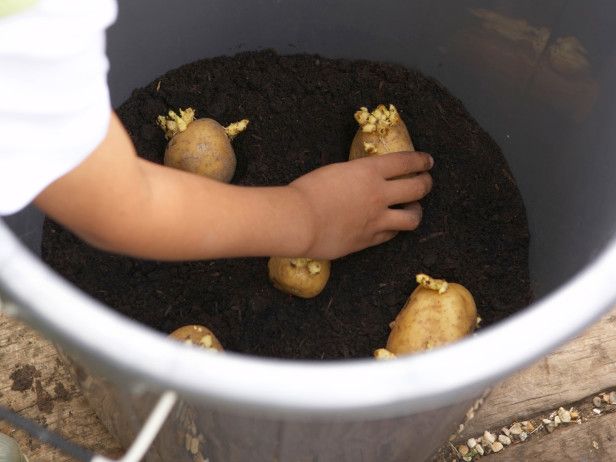
9Show the content
- pluses of the greenhouse
- Selection of varieties
- Requirements for the greenhouse
- Growing secrets
Planting soil Planting Feeding
Pluses of the greenhouse
- Grow potatoes 9000 Smom.
- greenhouse crop is characterized by high volume;
- the presence of harmful insects and other pests is reduced to zero; nine0013
- minimal maintenance.
Variety selection
When choosing a variety, first of all, attention is paid to the ripening period. are best suited for these purposes early and very early.
Two popular varieties adapted to growing in a greenhouse can be distinguished:
- Early Priekulsky - an early variety. It has a medium height bush and good foliage. The peel and the tubers themselves are white.
The shape is round, slightly elongated. The taste is satisfactory. Grows well in dense plantings. Of the shortcomings - instability to late blight. nine0013
- Kharkiv early – heat-resistant variety and very productive. Tubers are round, slightly flattened, white. The bush is of medium foliage, the taste is satisfactory.
Even in the greenhouse you can successfully grow sweet potatoes, sweet potatoes.
Greenhouse requirements
Any type of greenhouse is suitable for growing potatoes:
- Film greenhouse . It can be made on the basis of a metal or wooden structure. The advantage of such a structure is the low price and the possibility of independent construction, without resorting to the help of specialists. nine0013
- Polycarbonate. Not cheap and at the same time very popular among farmers recently. The advantage of polycarbonate coating is ease of installation and absolute tightness.
- Glass .
The greenhouse has a high cost, but the undoubted advantage is its strength and durability.
When growing potatoes in a greenhouse in winter, it is necessary to provide additional heating , which will allow growing crops from December. nine0007
Growing secrets
Planting material
To have a good harvest, you must first take care of the quality of the seed tubers. These can be purchased from suppliers or you can prepare your own tubers that have good characteristics and are collected from tall bushes.
If you use your own planting material, then preparations for the future harvest should begin in the fall. Tubers must be intact . They should be washed and soaked in a light solution of potassium permanganate for 3-5 minutes. After that, dry the potatoes well and, spreading them in one row, leave them in the sun for gardening. nine0007
Greening method promotes better seed germination in spring.
Green tubers do not germinate prematurely in the cellar, and potatoes thus prepared are of no interest to mice.
Green potatoes are suitable only for planting, they should not be eaten.
Three weeks before the intended planting, the tubers should be removed from the cellar and placed in the germination room.
Optimum temperature for this purpose 13–20°C . In the place of germination of potatoes, you need to create a certain humidity. To do this, the laid out tubers are sprayed with water from a spray bottle. It is important not to allow the size of the shoots to be more than 1 cm. Potatoes need nitrogen and potassium and the best way to do this is to apply manure or humus. After that, the earth is well dug up and left like this until the planting season.
If the greenhouse is heated, then after the end of frost, you can start planting potatoes. Otherwise the soil should warm up to 5–6°С at a depth of at least 10 cm.

Planting
The method of planting potatoes in a greenhouse is as follows: lay even rows in the ground and dig holes every 20–40 cm. Prepared and germinated tubers are buried in these holes to a depth of 6-7 cm and sprinkled with manure on top. When doing this, keep in mind that the row spacing should be about 55-60 cm.
If there are very large tubers, they should not be cut to avoid rot. In this case, you just need to increase the distance between landings. nine0007
Sown tubers not watered for 20 days . And at the same time, to create the right climate, the ridges are covered with a film, which is removed when the first shoots appear. Watering is increased with the beginning of flowering and the soil moisture is adjusted to 90–100% HB.
Under favorable conditions, the first shoots will appear above the surface as early as 10–12 days . In a greenhouse, it is important to maintain a certain temperature at different stages:
- Growth period – 18–20°С
- Budding and flowering - 22-23°C
- Tuber formation - 16-18°C
The soil of during the entire period should be as free of weeds as possible and needs regular loosening and hilling.

Top dressing
To make the harvest pleasing to the eye, it is not enough just to plant germinated tubers in prepared soil. For the entire growing season, culture requires timely nutrition .
The first feeding is done immediately after germination. manure or chicken manure solution is best suited for this purpose. To prepare it, you need to take manure or litter and mix it with water in a ratio of 1:15.
Let the solution stand for a few days, after which it is ready for use. Water the bushes under the root necessarily after rain or heavy watering.
One liter of solution is consumed per bush . The next top dressing before hilling. You can use the previous recipe, or you can use another, no less effective. Add one tablespoon of urea to a bucket of water or dissolve a ready-made fertilizer called Mortar in water. At this time, fertilizer consumption is half a liter per bush. nine0007
Potatoes also respond well to feeding with ash .
It is also dissolved in water, 100 grams per bucket of water.
During flowering, it is especially important to feed the plant, fertilizing at this time accelerates the process of tuber formation. For this you will need: 10 liters. water + mullein + superphosphate (2 tablespoons).
Fertilizing tips :
- Fertilization should be done in the evening and after watering or rain.
- The solution must not come into contact with the leaves of the plant. nine0013
- Dry fertilizers are less effective than those dissolved in water.
It is not easy to follow all the conditions and advice, but the results will justify all the efforts . After all, the undoubted advantage of growing potatoes in greenhouse conditions is that with proper care and nutrition, tubers and bushes are not affected by diseases.
What else can be grown in greenhouses, you can find on our website.
Useful information in the video:
Top
Go to the channel
Content
POTITHES in the greenhouse can be grown subject to stable temperature in the range of 18-23 degrees, as well as the backlight . This method is quite laborious, but it allows you to harvest all year round.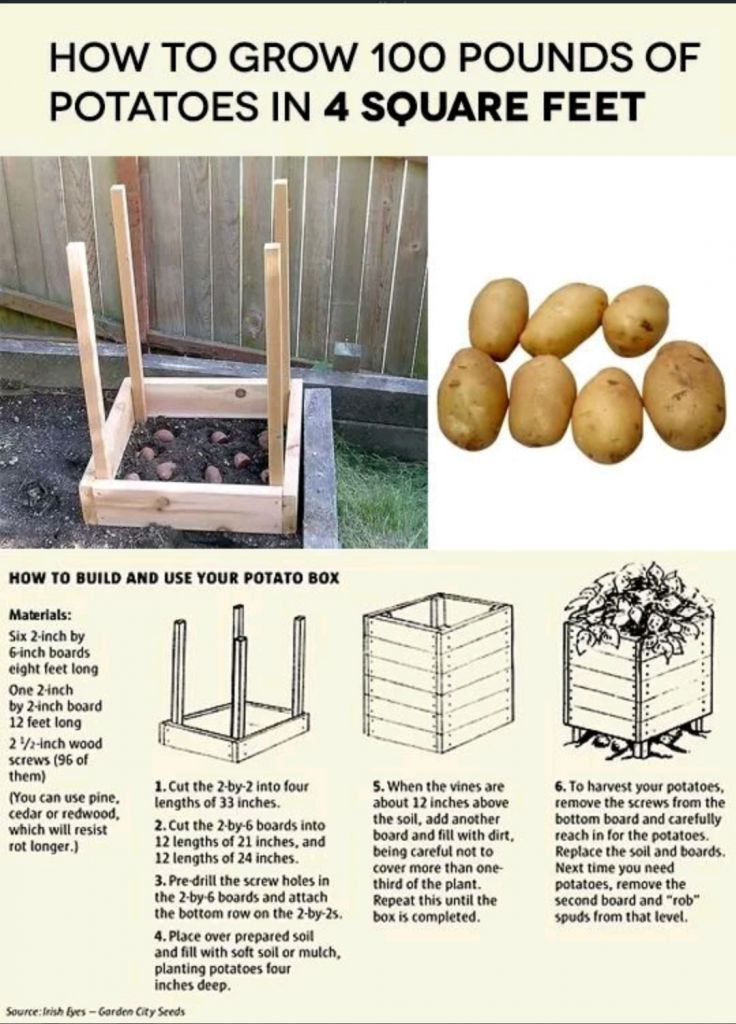 It also has its own characteristics that should be considered when planning a landing.
It also has its own characteristics that should be considered when planning a landing.
Growing potatoes in a greenhouse is possible if the right conditions are provided:
Landing is planned for August and March. This allows you to harvest in two waves - by the New Year and early summer. At the same time, the yield of potatoes in a greenhouse is usually higher than in open ground. Due to the observance of the temperature regime, the level of humidity, regular watering and fertilizing from 1 m 2 up to 50 kg of tubers can be removed.
Growing potatoes in a greenhouse allows you to harvest almost all year round. On the other hand, this is a labor-intensive method that can only be applied if there is a well-heated room.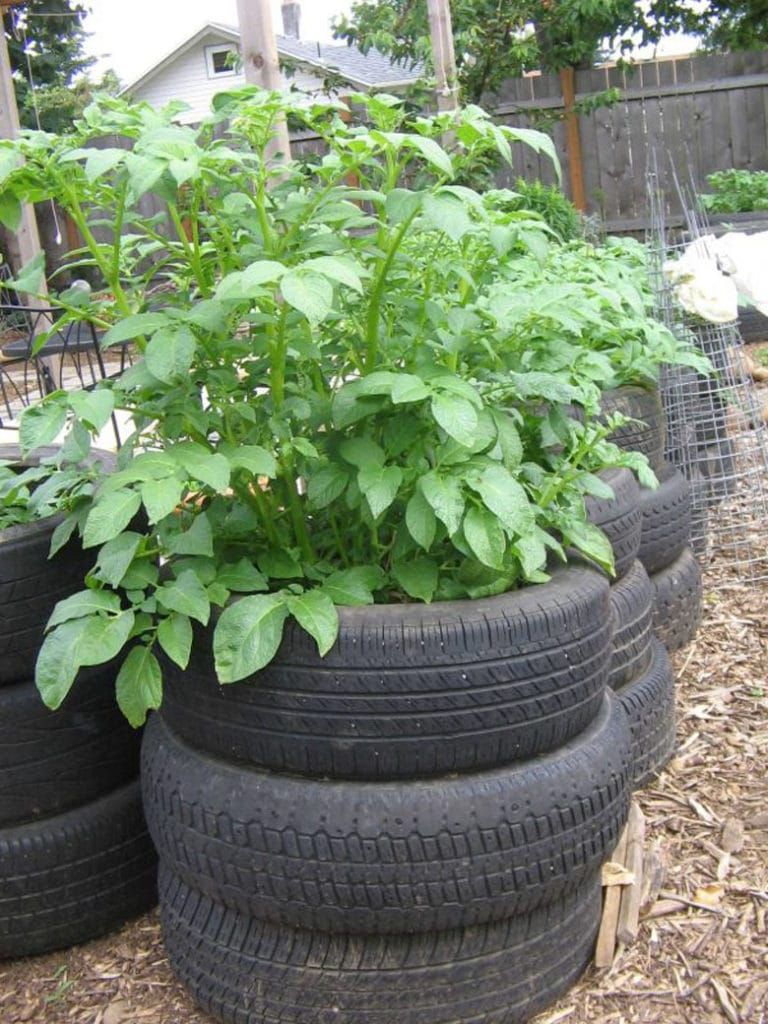
Winter potato cultivation has several advantages:
There are also disadvantages, and they are quite noticeable:
In greenhouse conditions, the crop can be grown all year round
For planting potatoes in a greenhouse, you should choose only early and very early varieties. Medium and even more late will not work - they have too long a growing season. Therefore, it is best to choose from these varieties:
Therefore, it is best to choose from these varieties:
To plant potatoes in the greenhouse in winter, certain room requirements must be taken into account. Since they plan to grow it in the cold season, it must be insulated, without gaps. Doors and vents should open freely. The minimum height is 2 m. Additional lighting can be installed.
It is also necessary to bring electrical wiring to the greenhouse in order to connect heating devices, phytolamps or other lamps. As for the material, choose different options:
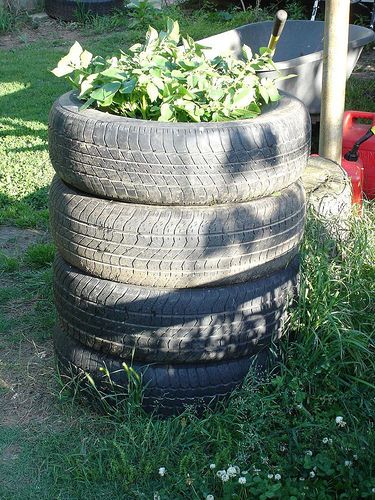 This is also quite expensive, but a durable design, popular among summer residents and farmers. Installing it is quite simple, it provides complete tightness, therefore, in the presence of heating, it is also suitable for growing potatoes in winter. nine0013
This is also quite expensive, but a durable design, popular among summer residents and farmers. Installing it is quite simple, it provides complete tightness, therefore, in the presence of heating, it is also suitable for growing potatoes in winter. nine0013 Two main planting dates can be chosen for growing potatoes in a greenhouse:
The first method is convenient because the soil is warm, it does not need to be preheated. However, the daylight hours are gradually decreasing, so in October you will need additional lighting with phytolamps.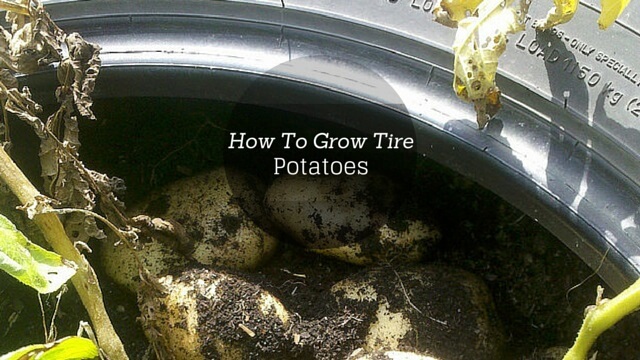
Planting potatoes in a greenhouse in early spring is bad because the soil must first be thoroughly warmed up - the room must first be heated for 5-6 days. On the other hand, there will already be enough light. Additional lighting may be needed only in the first month of cultivation.
Planting begins in late August and early March
The rules for growing potatoes in a greenhouse are not fundamentally different from agricultural technology in open ground, but there are several features associated with heating and lighting. Practical tips and instructions are described below.
It is better to start preparing the soil in advance - 1.5-2 months before planting. It is cleaned, dug up and compost or humus is added - up to 10 kg per 1 m 2 . If there is too much clay in the soil, it is heavy, it is recommended to close up sand or sawdust in the amount of 3-5 kg for the same area.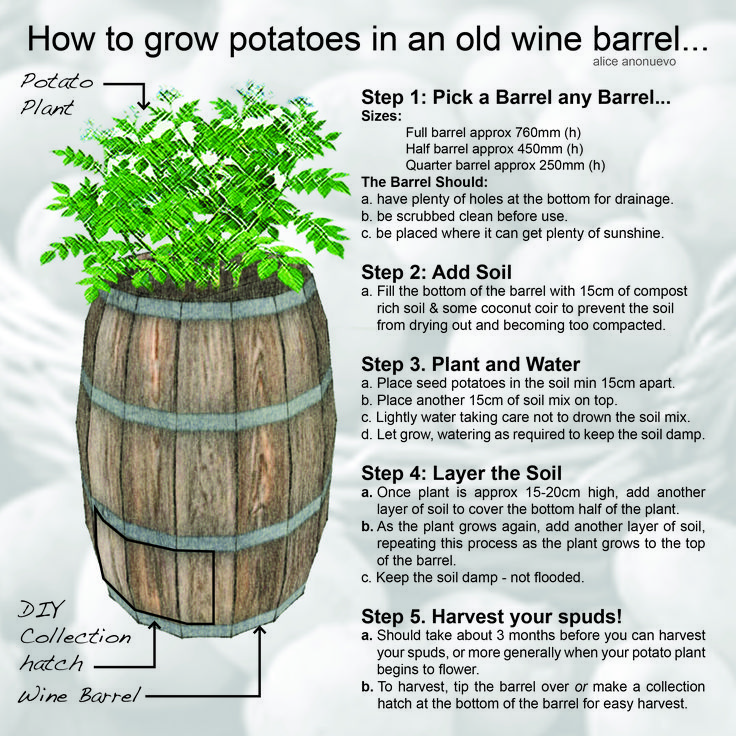 For disinfection, you can pour a weak solution of potassium permanganate. But after that, it is desirable to add "Risotorfin" or other bacterial fertilizer.
For disinfection, you can pour a weak solution of potassium permanganate. But after that, it is desirable to add "Risotorfin" or other bacterial fertilizer.
To grow potatoes in a greenhouse, larger tubers must be selected than for planting in the open field. Suitable potatoes weighing 80-100 g. They are selected and prepared 4-5 weeks before planting. The main stages are:
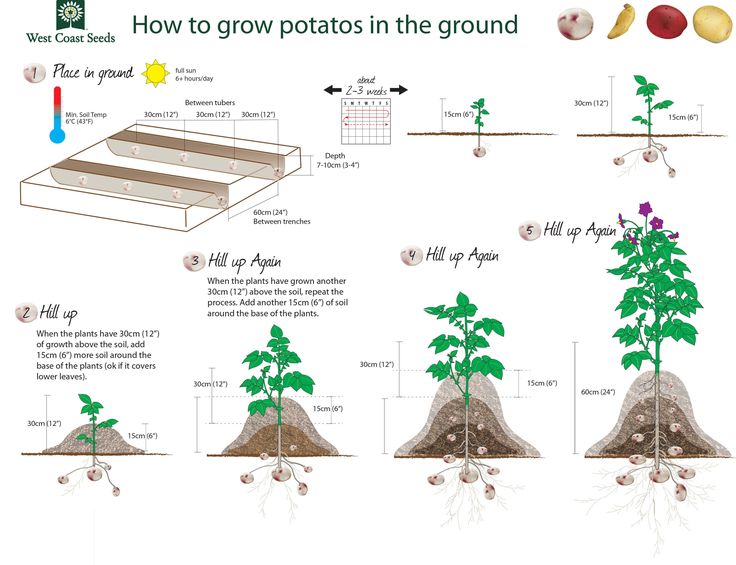
Since there is much less space in the greenhouse than in the open area, planting is planned according to a truncated pattern. An interval of 25-30 cm should be left between bushes, and 60-65 cm between rows. All tubers are placed in rows parallel to each other. nine0007
Shrubs grow well at room temperature
There is another planting scheme, when the distance between rows is 80 cm, and between holes is also 25-30 cm. But they are planted in a checkerboard pattern. This is a more thoughtful way, especially if drip irrigation is installed in the greenhouse. Tapes are laid along the center of the beds and with their help they irrigate two rows at once.
Staggered potato planting in a greenhouse
As for the depth of the holes, it should be small - only 6-7 cm.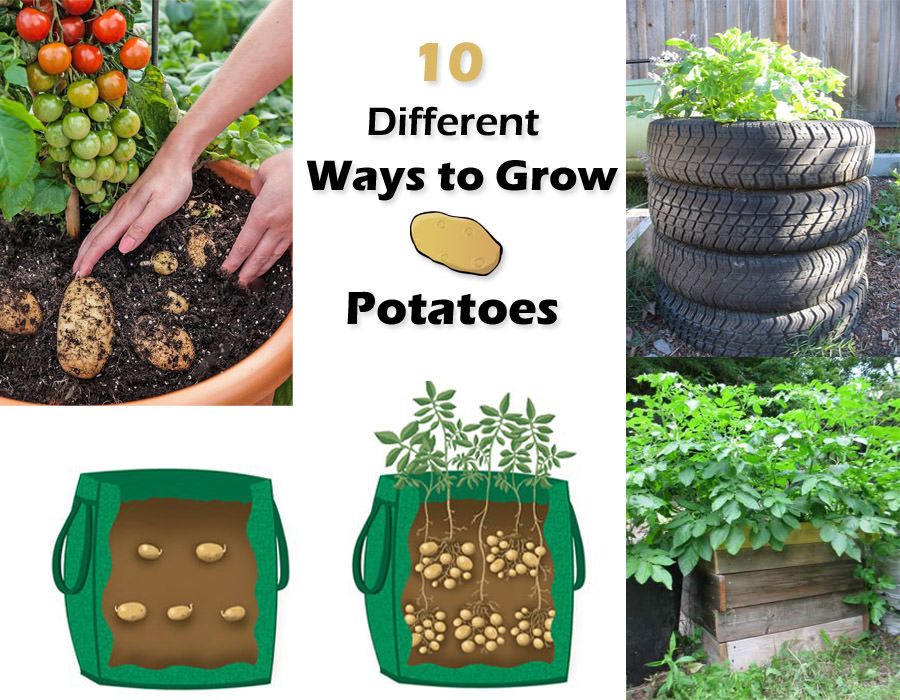 To successfully grow potatoes in a greenhouse, you can put compost or humus on the bottom, as well as some wood ash. nine0007
To successfully grow potatoes in a greenhouse, you can put compost or humus on the bottom, as well as some wood ash. nine0007
Only whole tubers are used for planting. Even if there are few of them, cut in half in order to increase the amount of planting material should not be. Otherwise, the fresh smell of the pulp will attract rodents and insects. Because of this, you can lose part of the crop.
Tip! So that the space between the rows does not disappear, unpretentious plants with a short growing season can be grown on these parts. It could be spinach or radishes.
One of the most important rules for caring for potatoes in a greenhouse is to create a normal temperature regime. Minimum requirements: 15-17 degrees Celsius. If possible, it is better to maintain a room temperature of 18-20 degrees. When the plants begin to give buds and flowers, it is raised to 22-23, and after falling off again lowered to 18-20 ° C. nine0007
On the eve of budding, potatoes in a greenhouse are spudded or a layer of mulch is laid out from dry hay, straw, sawdust.